11 Facts About the Mediterranean Adriatic Sea You Didn’t Know
Because of the Adriatic's clean waters and a wide variety of marine life, it's no wonder the Mediterranean Adriatic Sea is a popular tourist sailing destination. This post outlines 11 fascinating facts about this beautiful sea, from its history to its unique ecosystem. It is home to a diverse and thriving ecosystem with over 7,000 species of marine life. Among these species are dolphins and sea turtles, which tourists can often spot on boat tours or while snorkelling. So, let's dig in deeper.
11 Facts About the Mediterranean Adriatic Sea You Didn’t Know:
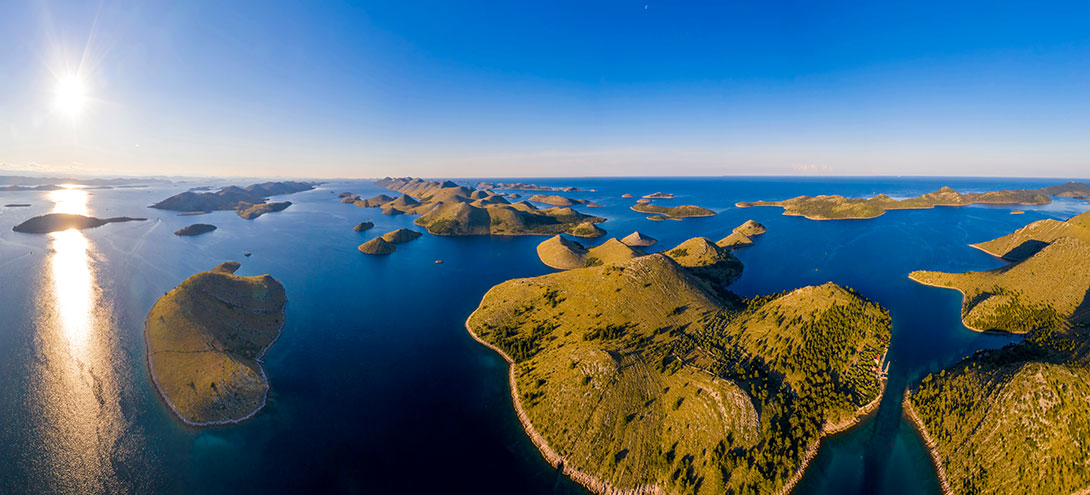
1) Where is the Adriatic Sea located on a Map ?
The Adriatic Sea is located in Southern Europe, separating the Italian Peninsula from the Balkan Peninsula. It is a body of water that stretches from the eastern coast of Italy to the western coast of Croatia, with smaller portions touching Slovenia, Montenegro, Bosnia and Herzegovina, and Albania.
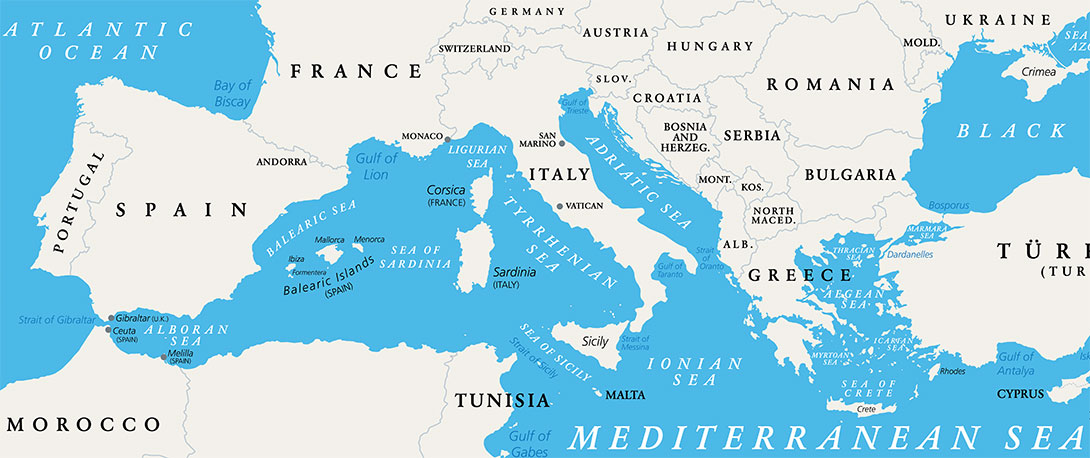
The sea has a rich history, with ancient civilisations such as the Greeks and Romans leaving their mark on the region. The Adriatic Sea has been a hub of trade and commerce for centuries, with ancient civilisations such as the Greeks and Romans establishing ports and settlements along its shores. Today, the sea remains an important economic and cultural centre, with tourism and fishing playing a significant role in the region's economy. Visitors can explore historic cities such as Dubrovnik, Split, and Zadar or relax on the beautiful beaches that line the coast.
2) How many islands are there in the Adriatic Sea?
The number of islands in the Adriatic Sea can vary depending on the criteria defining an island. There are over 1,200 islands and islets in the Adriatic Sea, but this number can fluctuate due to factors such as tides and the size of the islands during different seasons. It's important to note that not all of these islands are inhabited, and some are privately owned or protected nature reserves.
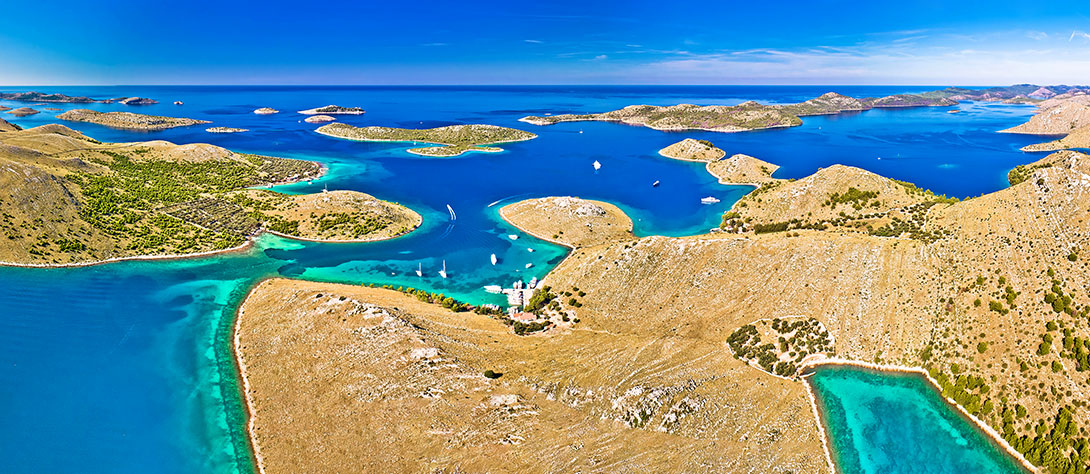
The Adriatic Sea is the largest body of water in the Mediterranean Sea. Did you know that the Adriatic Sea is the largest body of water in the Mediterranean Sea? It covers an area of approximately 138,000 square kilometres and has an average depth of 252 meters. Its coastline is over 7,500 kilometres long, making it a popular destination for sailing and beachgoer’s summer holidays. The Mediterranean Adriatic Sea 's popularity for sailing is primarily attributed to the abundance of islands and the relative safety of its waters, even in rough conditions. The numerous islands scattered throughout the Adriatic Sea create a sailor's paradise. Each island offers unique charm, hidden coves, and pristine beaches waiting to be explored. Sailing enthusiasts have the freedom to navigate through this archipelago, discovering secluded bays, picturesque fishing villages, and ancient coastal towns. The diversity of landscapes, from lush greenery to rugged cliffs, adds to the allure of sailing in this region. Top 5 Islands in Croatia you should Visit!
3) Is the Adriatic Sea Rough?
The Adriatic Sea is usually calm, particularly during the warmer months. However, it can occasionally experience rough conditions due to seasonal changes, geographical factors, and local wind patterns like the Bura. Mariners and visitors should monitor local weather forecasts and sea conditions to ensure their safety during maritime activities.
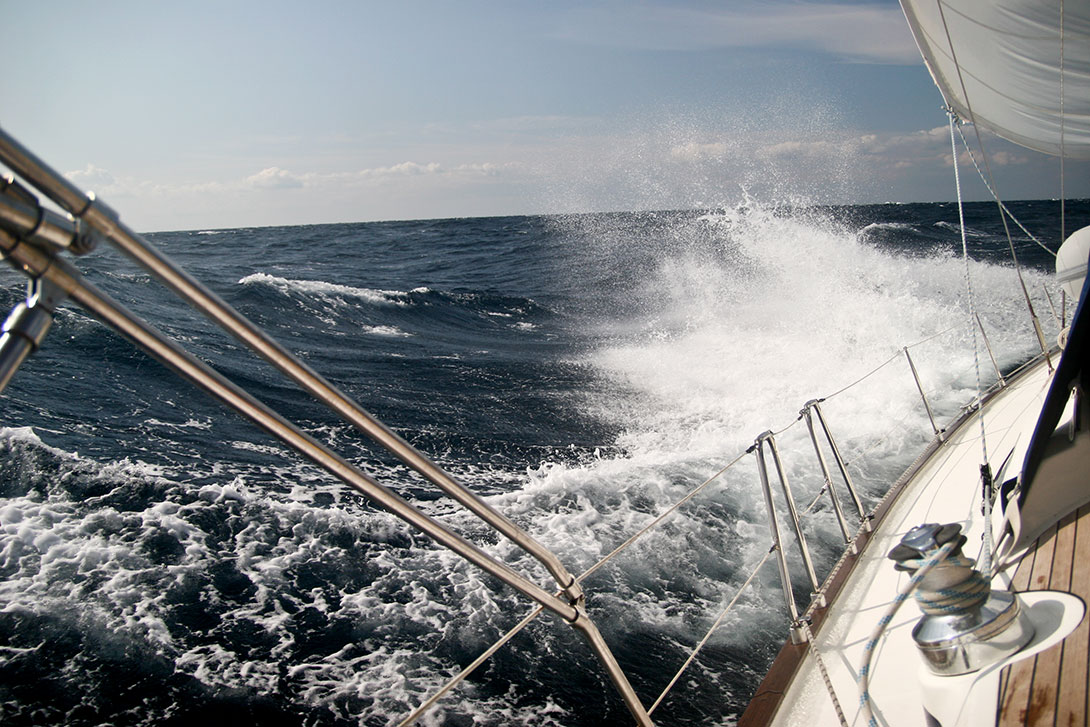
The sea is relatively calm compared to other open seas, with lower waves and milder currents. As a result, sailors with different experience levels, ranging from beginners to seasoned professionals, find it attractive.
Numerous islands mentioned before also act as natural barriers, protecting the waters from larger swells and strong winds. The islands create sheltered areas and offer plenty of anchorages, ensuring sailors can find safe harbours and moorings even during adverse weather conditions. This sense of security allows sailors to enjoy their journeys with peace of mind, knowing they can find refuge if needed.
The combination of breath-taking landscapes, sheltered areas, and a well-established sailing infrastructure makes the the Mediterranean Adriatic Sea a favoured choice for sailing enthusiasts seeking adventure and tranquillity on the open sea.
4) Is the Adriatic Sea safe to swim in?
Yes, the Adriatic Sea is generally safe for swimming. Its clear waters and stunning coastline offer an inviting environment for swimmers to enjoy. In addition, the water quality in the Adriatic Sea meets the European Union's standards for bathing water, ensuring that it is regularly monitored and maintained at safe levels. However, it's always advisable to be aware of local advisories regarding marine life.
Encounters with sea creatures while swimming in the Adriatic Sea are generally harmless. The diverse marine ecosystem adds to the allure of swimming, with occasional sightings of fish and dolphins. It is essential, though, to respect the marine environment and avoid disturbing or feeding any wildlife.
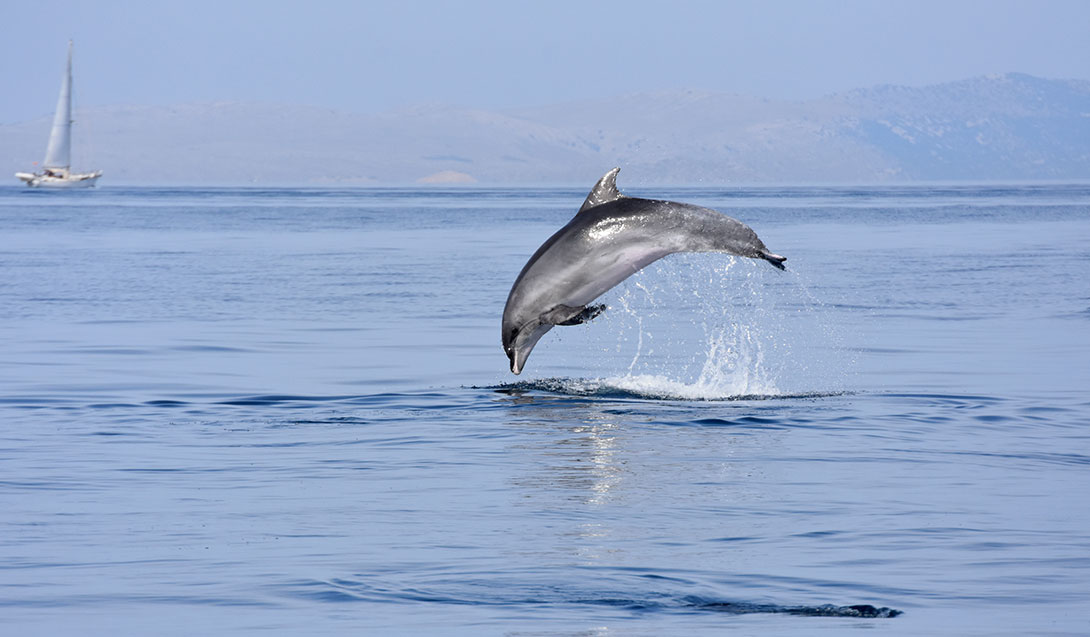
5) Are there sharks in the Adriatic Sea?
The Mediterranean Adriatic Sea is not known for not having a significant presence of large shark species. The reason behind the sea's relatively shallow depth, limited access to the open ocean, and lower salinity make it less suitable for many shark species. However, there have been occasional sightings of smaller shark species in the Adriatic Sea. It's important to note that shark encounters in the Adriatic Sea are rare, and the presence of sharks does not pose a significant threat to swimmers or beachgoers.
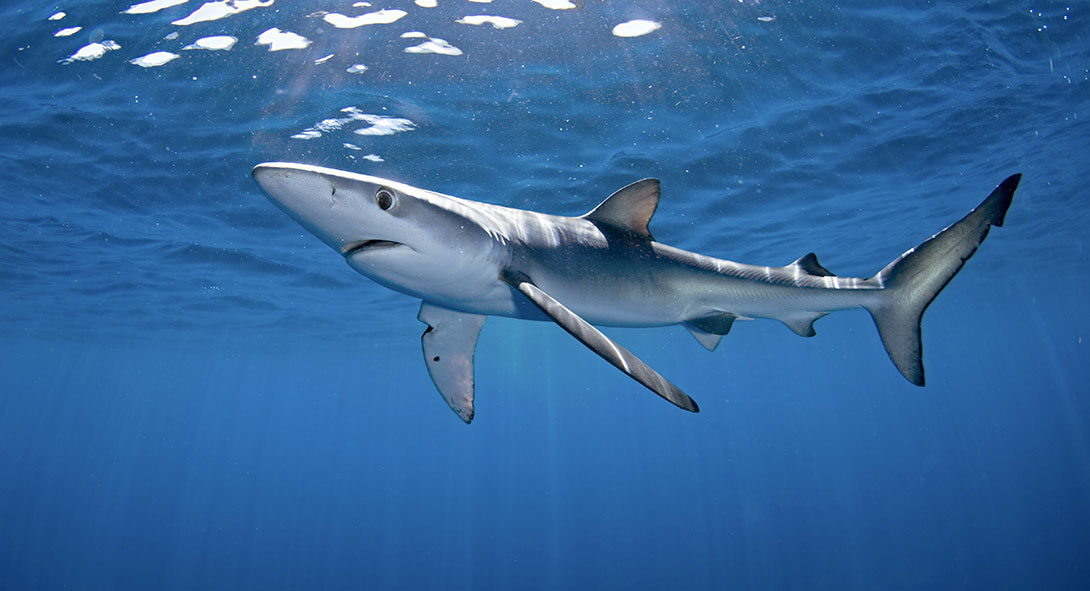
So the answer is: Yes, there are sharks in the Adriatic Sea, although encounters are relatively rare. This region is home to several shark species, including the blue shark and the spiny dogfish. Occasionally, even larger species, such as the great white shark, have been spotted. However, these sightings are infrequent, and attacks on humans are extremely uncommon. Most sharks in the Adriatic Sea inhabit deeper waters and pose no threat to swimmers. Despite occasional sensational reports, the Adriatic remains one of the safer seas for recreational activities. Marine biologists continue to monitor shark populations as part of broader ecosystem studies.
6) Real Dangers in The Adriatic Sea
Sea urchins
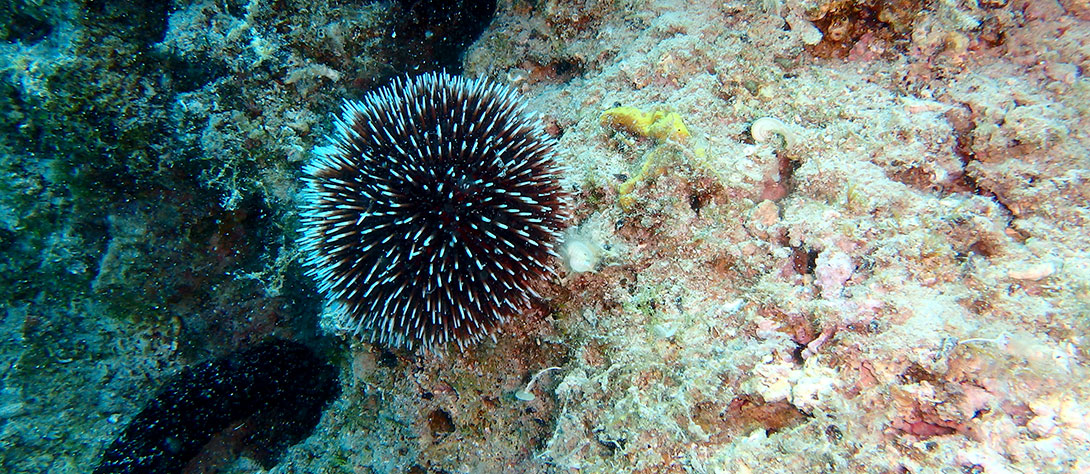
Sea urchins tend to stick to the more remote parts of the Mediterranean, but Croatia is an exception. The pebble beaches and rocks provide ideal places for them to latch on. After walking just a few metres into the sea, you can step on a sea urchin, even on a busy beach. Urchin's spines are only mildly venomous, causing pain and redness, but they won't poison you. The main problem is how fragile they are - they break easily in a wound, making them difficult to remove. They can get infected and cause harm if they deeply hit a tendon or joint. Sea urchins are the primary reason people identify summer in Croatia with water shoes. If you step on a sea urchin, attempt to remove it without breaking its spines. Avoid getting stung on your hands. If spines remain in your foot and you cannot remove them with tweezers, visit a pharmacy. They sell a special cream (Ihtamol) that causes the spines to fall out naturally overnight.
Jellyfish
Jellyfish are carried by currents into the Adriatic Sea and often to the shore, where you may also be getting swept along by the waves and currents. Jellyfish are nearly invisible in the water and on the beach; you'll typically only see them after being stung.
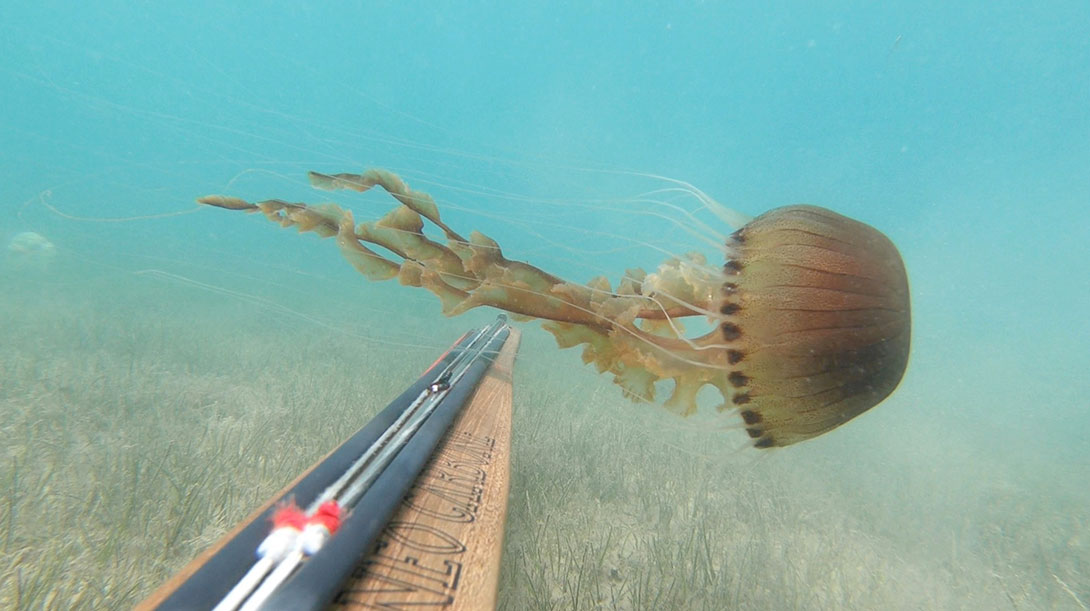
Chrysaora hysoscella (Kompas meduza) - Photo credit by Neo Carbone
Jellyfish stings are painful and might result in breathing difficulties or loss of consciousness, especially if you are allergic to some of their toxins. Even though fatality and significant complications are exceedingly rare, it is not a pleasant process. Indeed, their tiny tentacles contain millions of stinging cells that adhere to the skin, and even when removed, another part of the skin may be affected.
Weevers
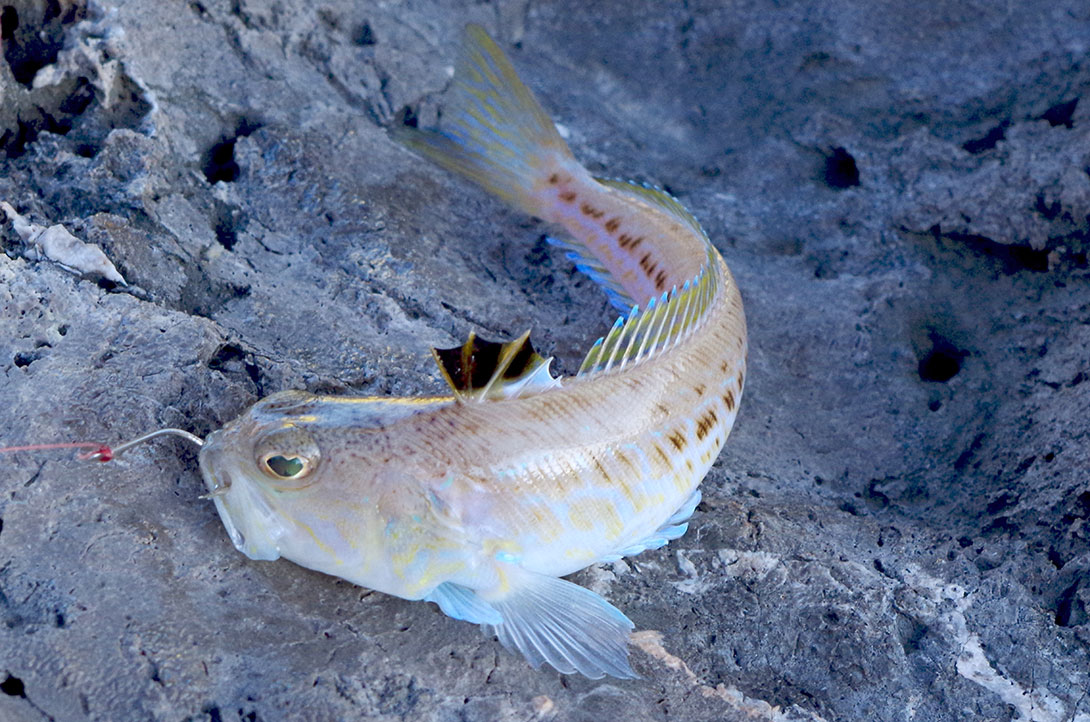
Weevers are stealthy fish that burrow themselves in the sand and, if they feel threatened, erect spines with venom on their dorsal fin to defend themselves. The toxin causes pain, swelling, and in worse cases, vomiting, fever, and abnormal heart rhythms. Such an injury is not usually fatal, but it can certainly take a few days to recover and a lot of the fun out of your holiday. These spiny creatures won't attack you independently but won't swim away from you. Instead, if you step on them, their back fin contains the poison. Thankfully, an abundance of pebble beaches in Croatia provides few places for them to hide, but you can still run into them when swimming and scuba diving. Weevers are another reason to invest in some good swimming shoes. It is important to emphasise if it happens, the best way to help yourself is to put the area that hurts as fast as you can under or into hot water (as hot as you can manage) as their poison is thermolabile.
7) Why is the Adriatic Sea so clear?
The Adriatic Sea is known for its exceptional clarity and stunningly clear waters. Several factors contribute to the sea's remarkable clearness:
Sedimentation is modest in the Adriatic Sea. Due to the lack of significant river systems pouring straight into the sea, only some rivers have tiny drainage basins, reducing sediment discharge. Thus, water remains clearer with fewer suspended particles.
Low nutrient input: The Adriatic Sea receives less nitrogen and phosphate, which microscopic marine life needs. Nutrients are essential for marine life, but excessive runoff can cause algae blooms and water clarity. Low nutrient input keeps Adriatic seas clear.
Circulation patterns: Adriatic Sea circulation patterns improve clarity. Seawater has "two-box" circulation. First, deeper water is colder and denser than surface water. This circulation pattern keeps surface water clear by preventing sediment-laden water from mixing with it. Industrialisation is low along the Adriatic Sea's eastern coast. As a result, industrial waste and runoff, which can cause water turbidity, are reduced. The lack of coastal development also preserves marine clarity.
Geography: The Adriatic Sea is surrounded by beautiful coasts and less-populated places. The sea's many islands and rough terrain minimise human impact on water quality, preserving more transparent waters.
8) Is the Adriatic Sea tidal?
Yes, the Adriatic Sea does experience tides, although the amplitude of the tides is relatively low compared to other seas and oceans. In addition, the Adriatic Sea is a semi-enclosed body of water with narrow connections to the Mediterranean Sea, making it less susceptible to the full force of tidal fluctuations.
As a result, the tides in the Adriatic are considered micro-tidal, with a typical range of about 0.3 to 0.5 meters (1 to 1.6 feet) on average. Various factors, including the shape and bathymetry of the sea, wind patterns, and coastal geography, influence the tides in the Adriatic Sea. The complex coastline, with its numerous islands and shallow areas, can cause local variations in tidal patterns. It's important to note that while the tides in the Adriatic Sea may not be as pronounced as in some other regions, they still play a role in the sea's dynamics and can impact navigation, currents, and coastal processes. Learn more about tides and currents in the Mediterranean and Adriatic Sea in our in-depth blog post.
9) Adriatic Sea Salinity: How Salty Is the Adriatic Sea?
The salinity of the Adriatic Sea is influenced by several natural factors, including evaporation, precipitation, freshwater inflows, and its connection to the larger Mediterranean Sea. On average, the salinity in the Adriatic Sea ranges from 38 to 39 parts per thousand (ppt), which is slightly higher than the global average salinity of seawater, approximately 35 ppt.
Regional variations in salinity within the sea also exist. The northern part of the Adriatic typically has lower salinity levels due to increased freshwater inflows from rivers like the Po. In contrast, the central and southern regions have higher salinity levels because they receive less freshwater and experience more evaporation, which concentrates salts and raises salinity.
Understanding the salinity of the Adriatic Sea is essential for studying its marine ecosystem and regional climate. Salinity plays a key role in water circulation and biodiversity in the area.
10) Is the Adriatic Sea warm?
The Adriatic Sea generally has warm waters, particularly during summer. The sea's location in the Mediterranean region, with its relatively mild climate, contributes to the overall warmth of its waters. During the summer, the surface temperatures of the Adriatic Sea can range from around 22°C to 28°C (72°F to 82°F) in the northern regions and even higher in the central and southern parts. These temperatures make the Adriatic Sea comfortable for swimming and water-related activities, attracting tourists and locals alike.
The water temperature in the Adriatic Sea gradually warms up from late spring to early autumn, with peak warmth typically occurring in July and August. Contrarily, the sea temperatures drop during the cooler months, from late autumn to early spring. Still, they generally remain relatively mild compared to other parts of the world, rarely reaching uncomfortably cold levels.
The shallow northern parts tend to warm up faster but also cool down more quickly, while the deeper southern parts maintain relatively stable, milder temperatures year-round.
So, the Adriatic Sea is generally warm, especially during the summer months. Water temperatures typically range:
If you prefer warm, comfortable swimming conditions, the best time to visit is from June through September.
11) Where does the name Adriatic come from?
The name "Adriatic" for the sea is derived from the Latin term "Mare Adriaticum" or "Adria," which originally referred to the city of Adria (nowadays known as Adria, Italy) located near the northernmost part of the sea. The ancient town of Adria was an important port and trading centre during Roman times. Over time, the name "Adriatic Sea" came to represent the body of water that extended beyond the city of Adria. The origin of the name "Adria" itself is not entirely clear. It is believed to have roots in the Illyrian language, an ancient Indo-European language spoken in the region. On the other hand, "Adria" might have referred to a local river or coastal area. The Romans later adopted the name and subsequently used it to describe the sea along the eastern coast of Italy, the western coast of the Balkans, and the east coast of the Apennine Peninsula. Today, the "Adriatic Sea" is internationally recognised and widely used to refer to the body of water between the Italian and Balkan Peninsulas. It holds cultural, historical, and geographical significance, serving as a vital region for trade, tourism, and maritime activities.
FAQ about the Mediterranean Adriatic Sea
Yes, the Adriatic Sea is considered part of the Mediterranean Sea. It is one of the semi-enclosed arms of the greater Mediterranean basin, located in the northwestern part of the region.
📍 Geographic Context
- Location: The Adriatic Sea lies between the Italian Peninsula on the west and the Balkan Peninsula (including countries like Croatia, Montenegro, and Albania) on the east.
- Connection: Its southern boundary is the Strait of Otranto, which connects it to the Ionian Sea (another Mediterranean sub-basin).
- Extension of the Mediterranean: Though it has its own name and characteristics, geographers classify the Adriatic as one of the Mediterranean’s subdivisions, similar to the Aegean or Tyrrhenian Seas.



